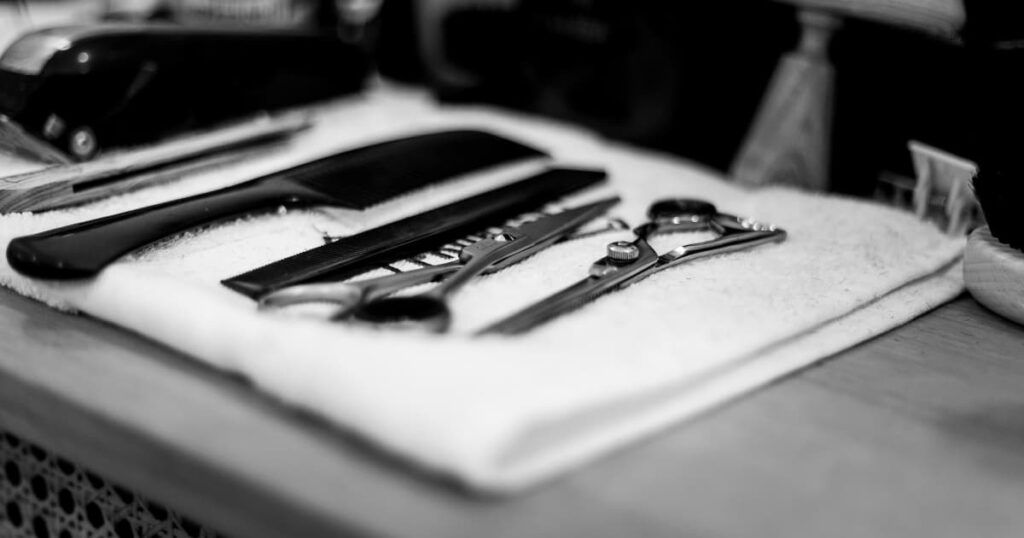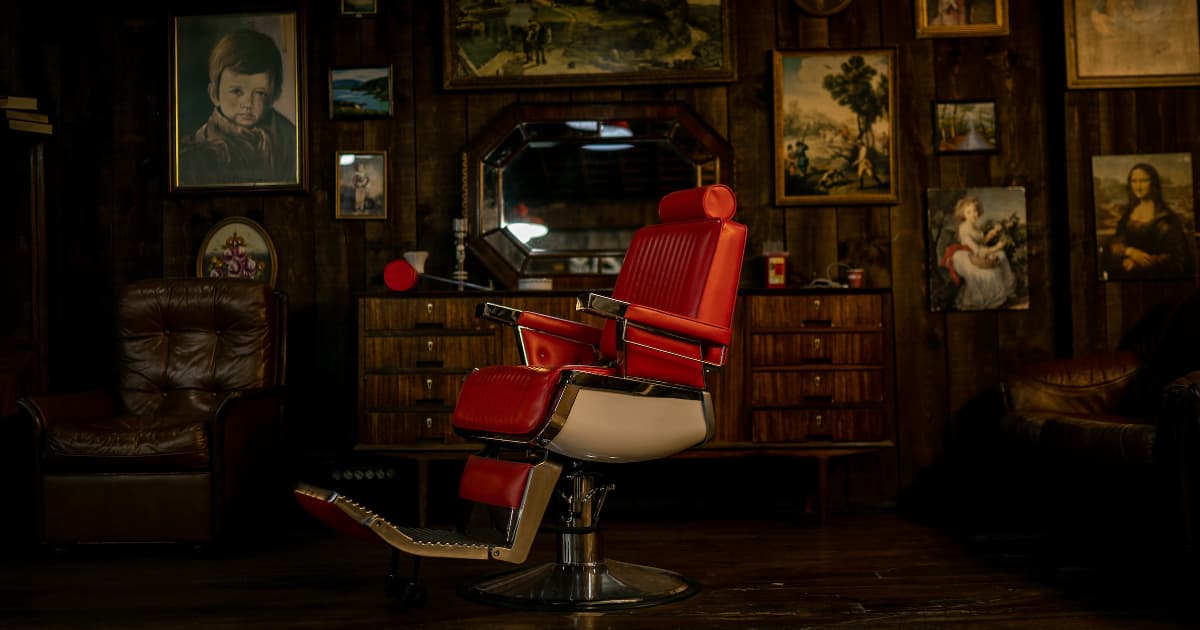The History of the Barbershop
Almost everyone will have seen or visited a barbershop at some point in their life, with many across the UK indicated by the red and white twirling baton out the front of the shop as was the protocol across traditional barbershops and salons.
While a modern men’s hairdressers and barbershop won’t typically be as exclusive in their treatments (usually offering more than a basic wet shave and cut for men), the art of barbershop practice has not changed all that much in the decades since these shops first opened.
And that got us thinking – where did barber shops actually come from and what is the history behind them?
When were barber shops first opened?
The earliest evidence of men’s grooming lies around 6000 BC, when members of the Egyptian noble society would use tools made from shell or flint to alter and finetune their appearance. A sign of status, these earliest examples of men’s grooming were accessible only to men high up in society.
Of course, as does everything, traditions changed over time and by the Middle Ages, more men were able to access the expertise and skills of barbers. But not in the way you might think.
As barbers became more widespread, their role changed – linking their hair cutting and grooming with surgery and dentistry work, to create a kind of barber-surgeon role within society. It wasn’t until the 1400s that the two professions – barber and surgeon – were divided, recognising the vastly different skills needed to perform each role.
From there, and as barbershops established their own place in society, they became more popular than ever – at one point rivalling even pubs as being named the most popular establishments for the public to visit. This demand for barbershops coincided with the increased desire for men in particular to focus on their grooming routine and their appearance, with the call for more barbershop sparking an increase in those looking to study for and train in advance of becoming barbers themselves.
By the 1900s, barbershops were seen as the epitome of the modern gentleman’s luxury, delivering a masculine environment in which men could turn up and indulge in a few minutes of grooming to tidy up their hairstyle and trim their beard. And despite the knock that came when mass market razors were sold for at-home use, the barbershop phenomenon has survived.
Barbershop traditions then and now

One of the biggest traditions that many associated with barbershops, both back in the old days and now, is the aforementioned barber pole or baton which sits outside these shops and signals that it is a barber. Despite these poles remaining even today, where they come from is very much linked with the barbershops of old – with the red, white, and blue signalling the blood, bandages, and veins of barbers who performed different treatments on their clients.
Another trend which relates to barbershops, and which has seen a huge increase in popularity in recent years is the return to traditional shaving, using a blade rather than electronic tools to achieve a perfect, close cut finish. This is made popular by fictional characters being depicted as having a cut throat razor shave (Daniel Craig’s James Bond to name just one) and remains popular despite other pop culture references highlighting its dangers (Sweeney Todd, we’re looking at you!)
All in all, the rise in demand for barbershops and the continuation of these establishments in modern society is indicative of the sustained call for and popularity of men’s grooming products and treatments. Grooming is a luxury with the barbershop serving this very particular need of men, and indeed women, in today’s world.
Are barber shops still only designed for men?
Today, barbershop is a much looser turn of phrase for those salons who offer hair cuts and hair styling treatments to both men and women. While some retain the traditions of only cutting men’s hair, leaving women to find alternative salons, others are much more accessible to any and all genders – while keeping much of the traditional marketing and design flair in place for an authentic experience.
Here at Boilerhouse Hair, we operate three main salon locations in the north of England, one of which specialises in men’s hair styling – although we are happy to style and cut both men and women’s hair across all three locations.
To book your own hair styling experience, whether you keep it classic and traditional or opt for something a little more modern and outside of your comfort zone, visit one of our salons and chat to our professional and friendly team.


